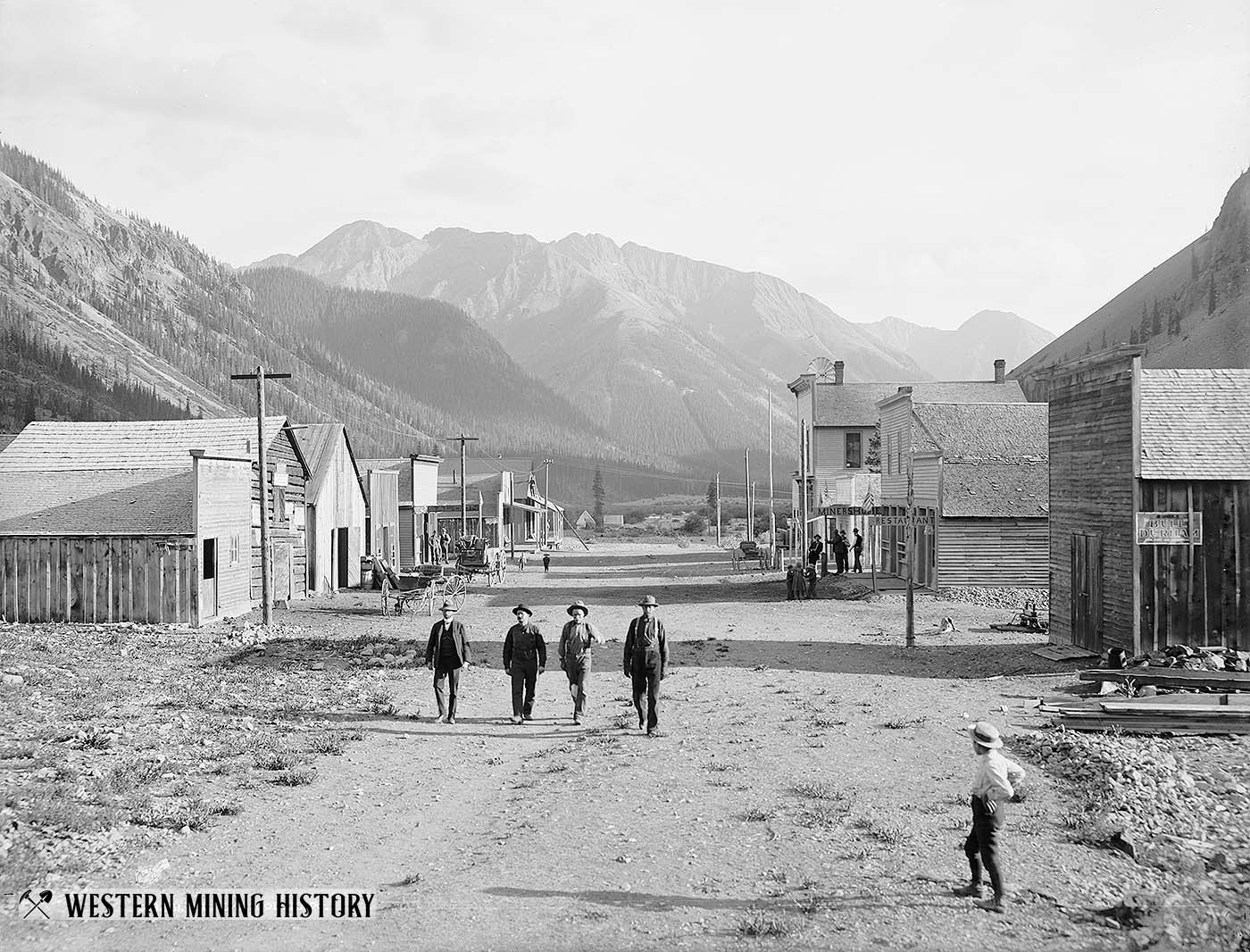Eureka History
Eureka was the first documented location of a gold discovery in the San Juan region of Colorado. Charles Baker's original 1860 prospecting party found small amounts of placer gold at this location, but they were soon driven out of the area by the Ute Tribe. It was a full decade later, after the Utes ceded their lands in a treaty with the U.S. government, that prospectors returned to the area.
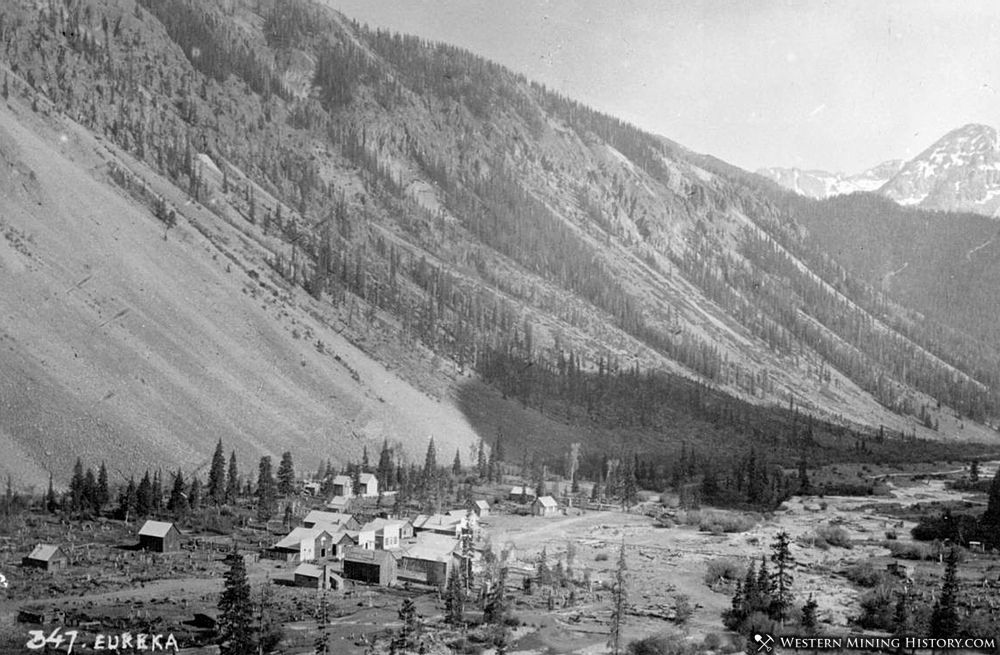
A community formed at Eureka in the early 1870s, primarily as a result of the discovery and development of the Sunnyside mine. A post office was established in 1875. The Sunnyside was one of Colorado's richest mines, and it was in production for nearly five decades, which brought stability to the town of Eureka much longer than some of the nearby mining camps.

Eureka remained an isolated town for nearly a decade after it was settled, with only trails connecting it to nearby towns. A toll road was completed from Howardsville in the fall of 1884, and extended to Animas Forks in 1885. A newspaper reported on the progress of the road:
The first camp on the new Silverton and Animas Forks toll roads was established near the month of Boulder creek and a large force of men put to work. Otto Mears calculates to have the road between here and Howardsville finished by July 1, and as the road between Howardsville and Eureka was built last fall the whole force of men which will number about 400, will be put to work between Eureka and Animas Forks and the work between these two points finished by the first of August
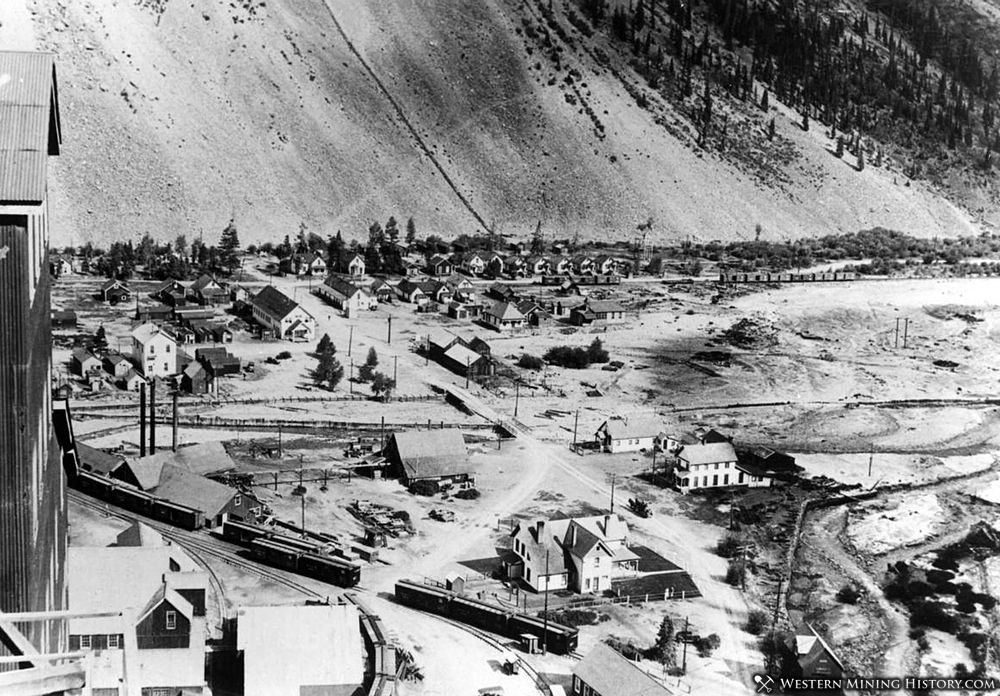
In 1896 the Silverton Northern Railroad reached Eureka, further stimulating the growth of the town. Although many mills were located at Eureka over the years, the Sunnyside Mill built in 1899 was the largest, and was said to employ over 300 people during the 1920s and 1930s.
The period between 1899 and the 1930s were Eureka's most prosperous, and the population was reported as peaking at around 2,000.
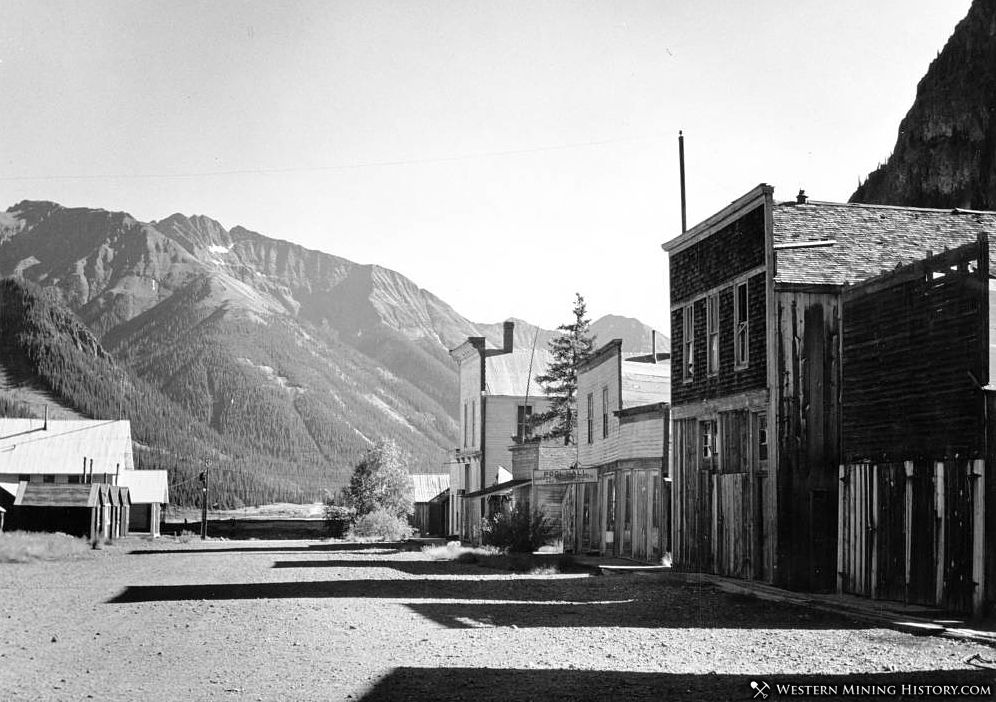
A 1921 U.S. Bureau of Mines report called the Sunnyside Mine the "most important in the Silverton district". A 1926 report by the Colorado School of Mines stated "The first plant in North America to practice selective flotation on the complex zinc-lead-iron sulfide ores of the Rocky Mountain region was the Sunnyside Mill at Eureka, Colorado, owned by the United States Smelting, Refining, and Mining Company."
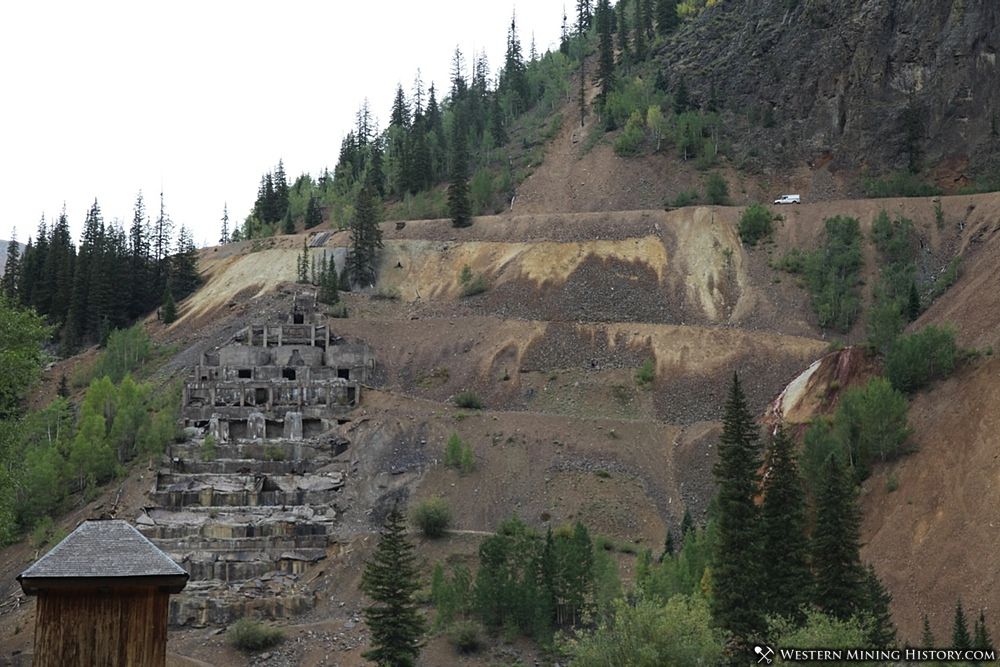
The Sunnyside Mill closed permanently in 1939, which resulted in the rapid decline of Eureka. The post office closed in 1942. Today, the all that remains is the Eureka jail and the foundations of the mill.
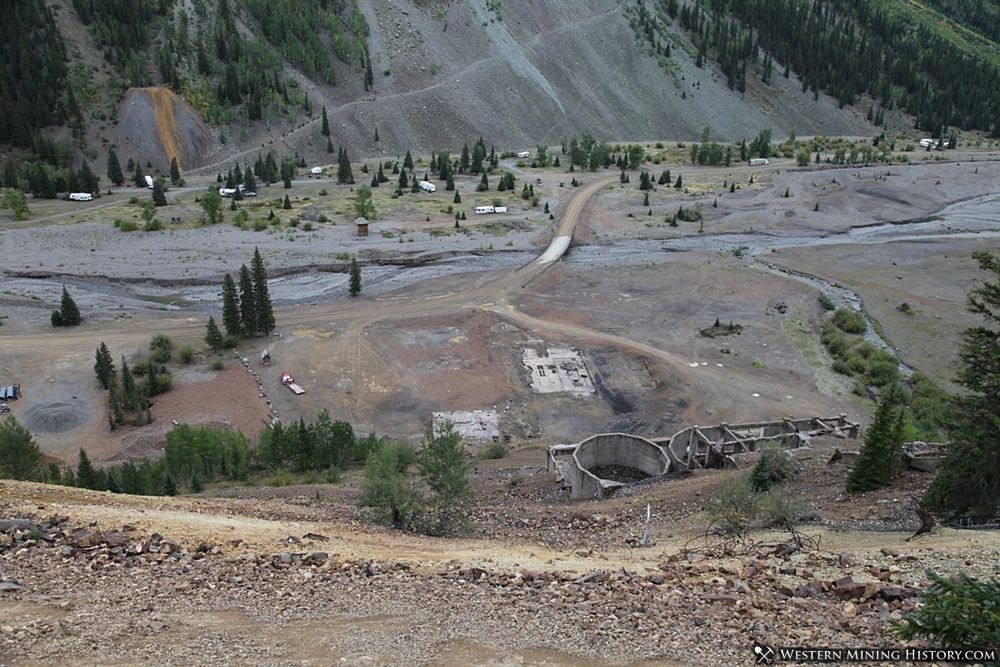
A Tour of Colorado Mining Towns
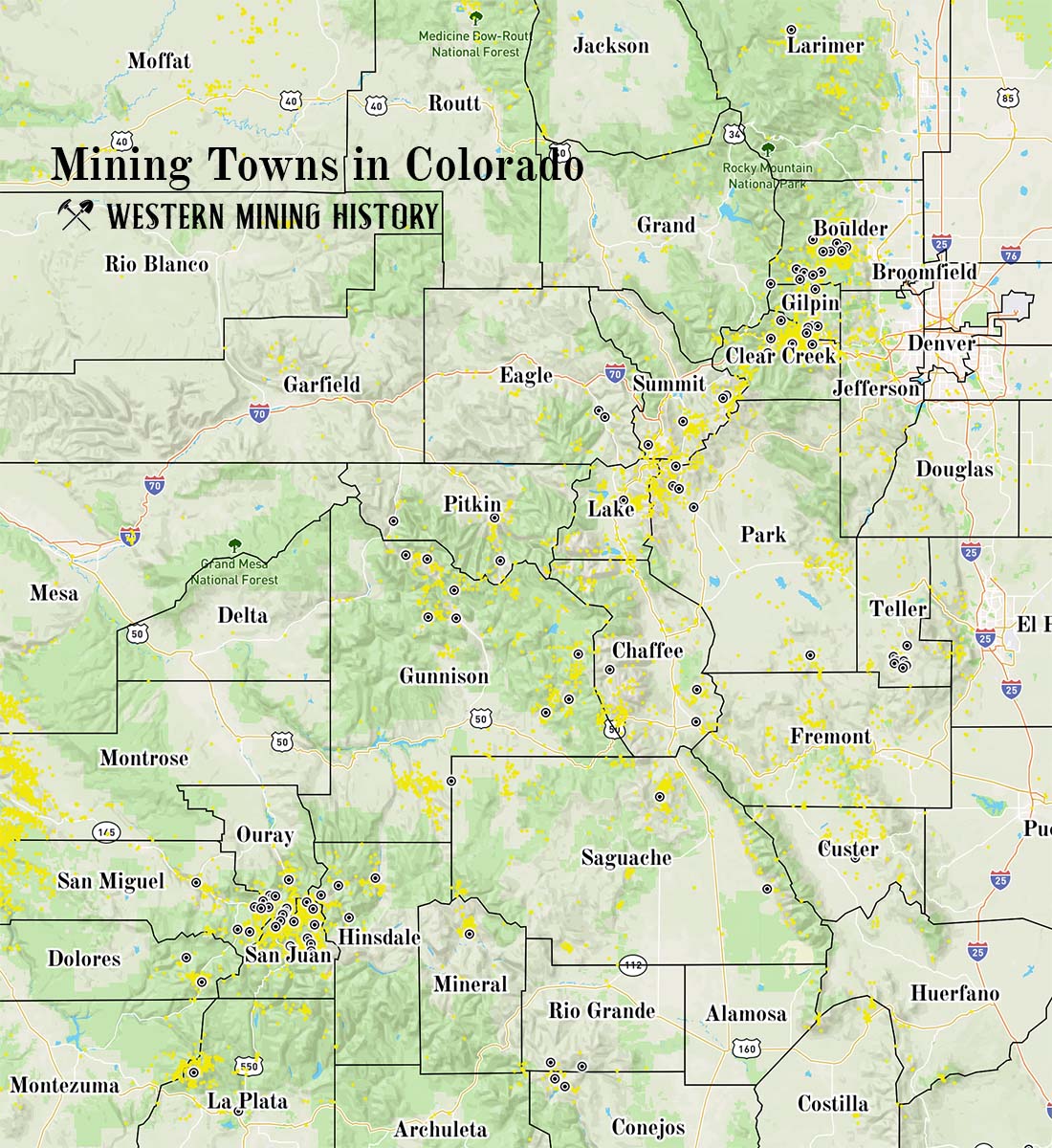
Explore over 100 Colorado mining towns: A tour of Colorado Mining Towns.
Colorado Mining Photos
More of Colorado's best historic mining photos: Incredible Photos of Colorado Mining Scenes.
